02 Nov Anupama Kundoo


Challenges and resistances faced in the early years only tested the dedication to one’s values, and to what lengths one was willing to go in order to stick to them.
Life in Bombay and education at Sir JJ College of Architecture shaped my formative years where I understood the role of the architect as a visionary and socially responsible one, and that friendship and learning from peers is as important as the formal education.
Moving to Auroville, I encountered a fertile ground for adventure, research and experimentation, and a collective aspiration to rethink city as a place that could facilitate the ideals of human society and its evolution.
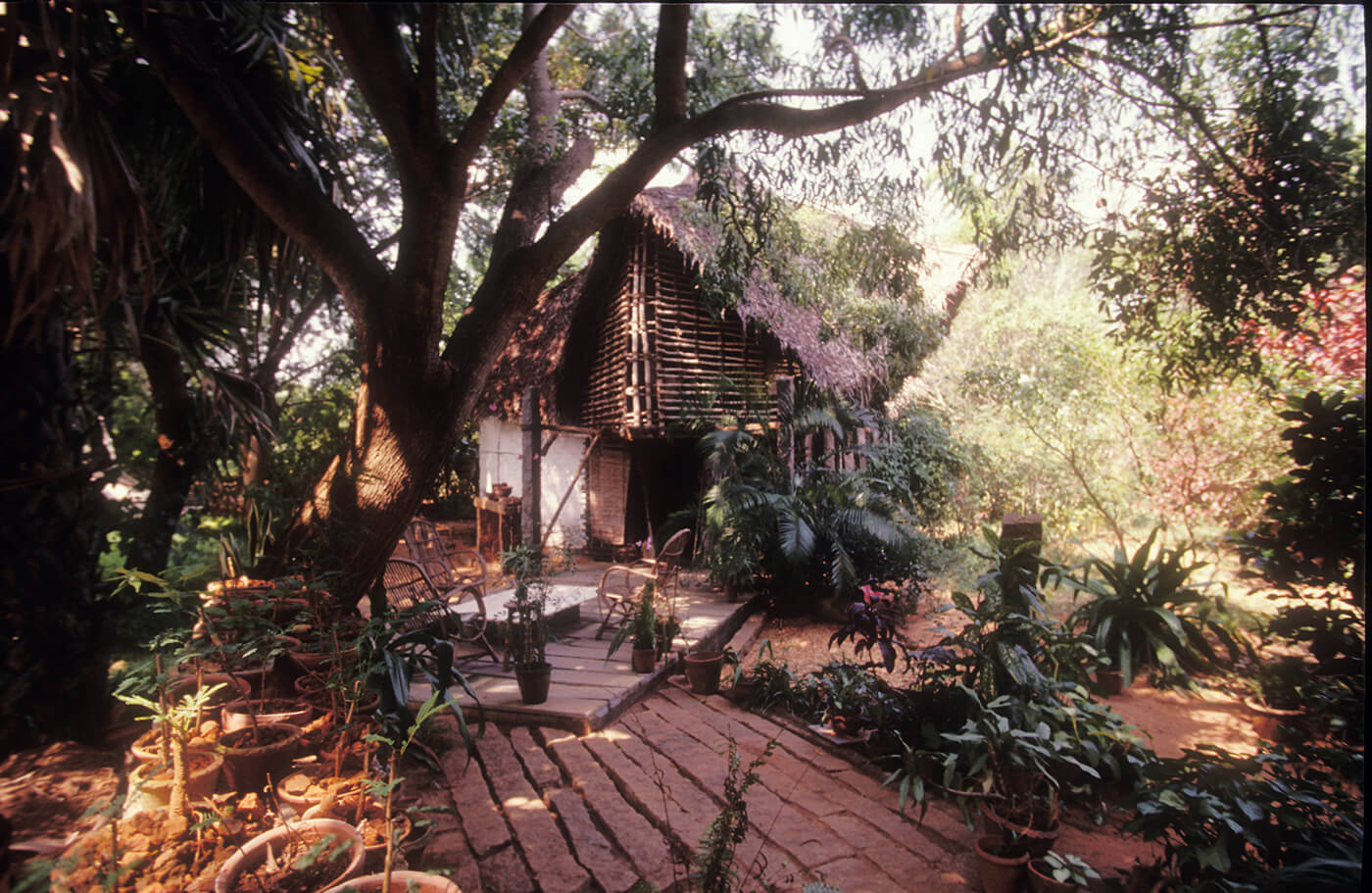
My emerging experimental practice reflected my inner journey, my spirit of adventure and the quest for a sensitive approach that yet has a high impact. I believed in positive change through being creators rather than victims, through our capacity as humans to be visionary, to clearly imagine scenarios that serve us, and then to manifest the same through sensitive and inclusive processes. The materiality of contemporary architecture contributes to huge environmental, social and economic problems, and must be rethought. Knowledge must lead action, and knowledge about building (and building of the knowledge through architectural innovation) must steer the future of the profession. My own work is not so much about building with traditional building methods, nor about use of innovative building materials. It is more about using time-tested materials in new ingenious ways, that are highly engineered to be able to use significantly less materials in the times of rapid urbanization related developments.
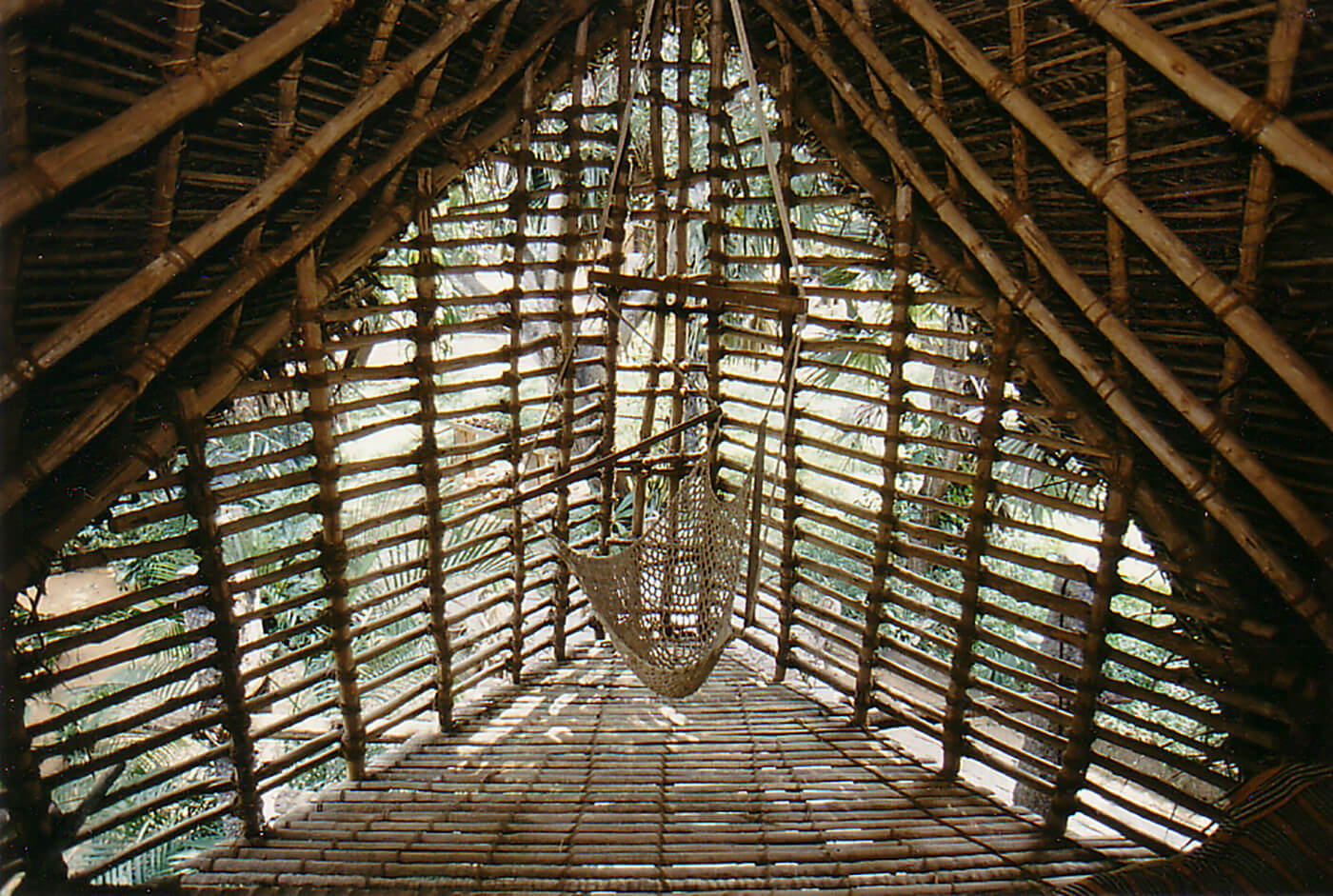
Challenges and resistances faced in the early years only tested the dedication to one’s values, and to what lengths one was willing to go in order to stick to them. Conviction, dedication and relentless effort kept the aspirations fresh, lighting up the difficult and dark areas on the way. The courage to walk alone in key stretches, developed as the natural consequence. Rabindranath Tagore’s ‘Aekla cholo re’ came often to mind and encouraged the solitary path that was often chosen beyond obstacles, social conventions and validation of others.
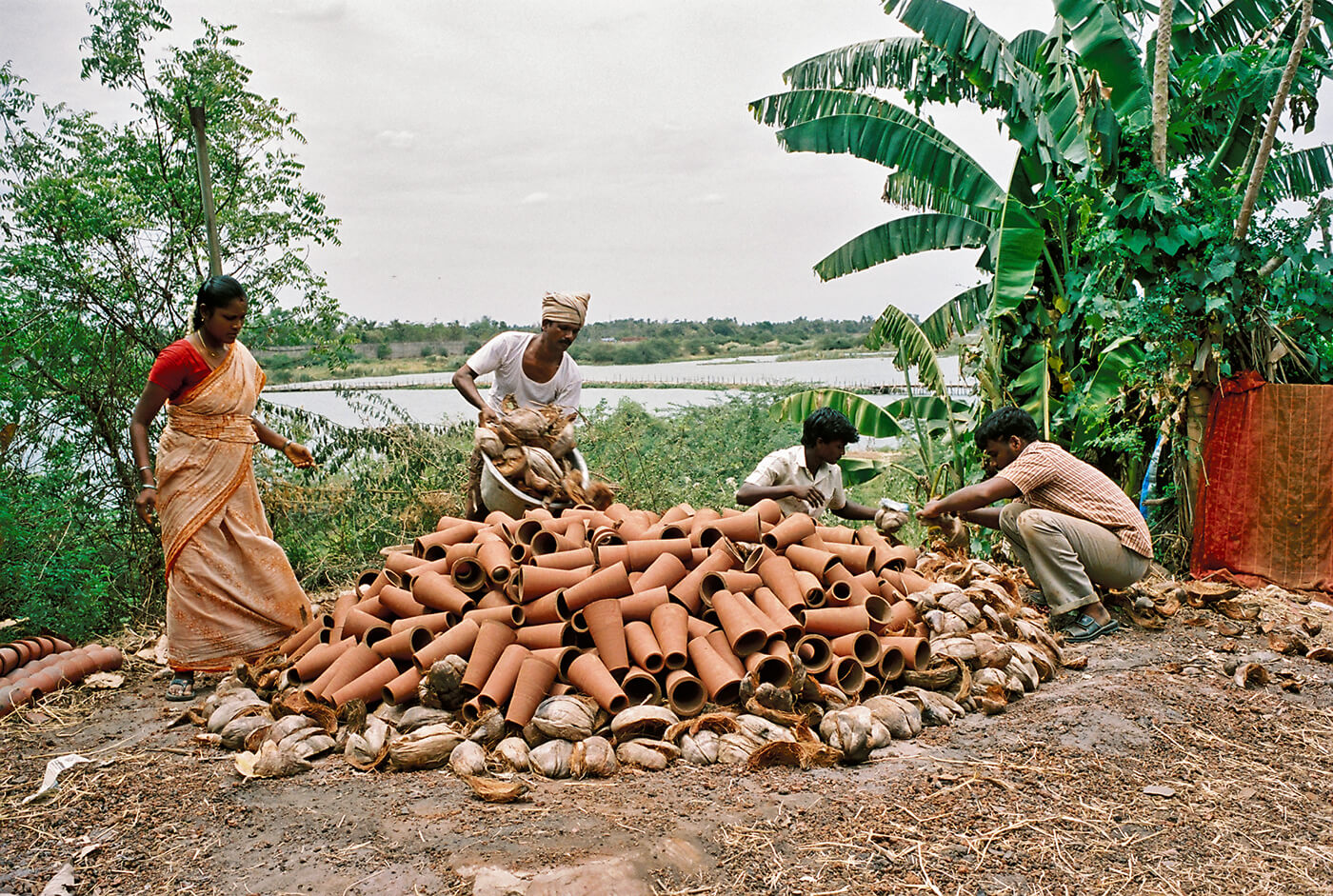
Learning is the activity rather than teaching, and it is self-driven by passion and thirst for knowledge.
Besides architectural projects, ideas and realizations have been widely disseminated through international exhibitions, installations, lectures and participation in conferences, and publications of writings and built work. The last decade involves work and extensive travel outside of the Indian context; from Berlin, to New York, Brisbane, Madrid and now back to Berlin.
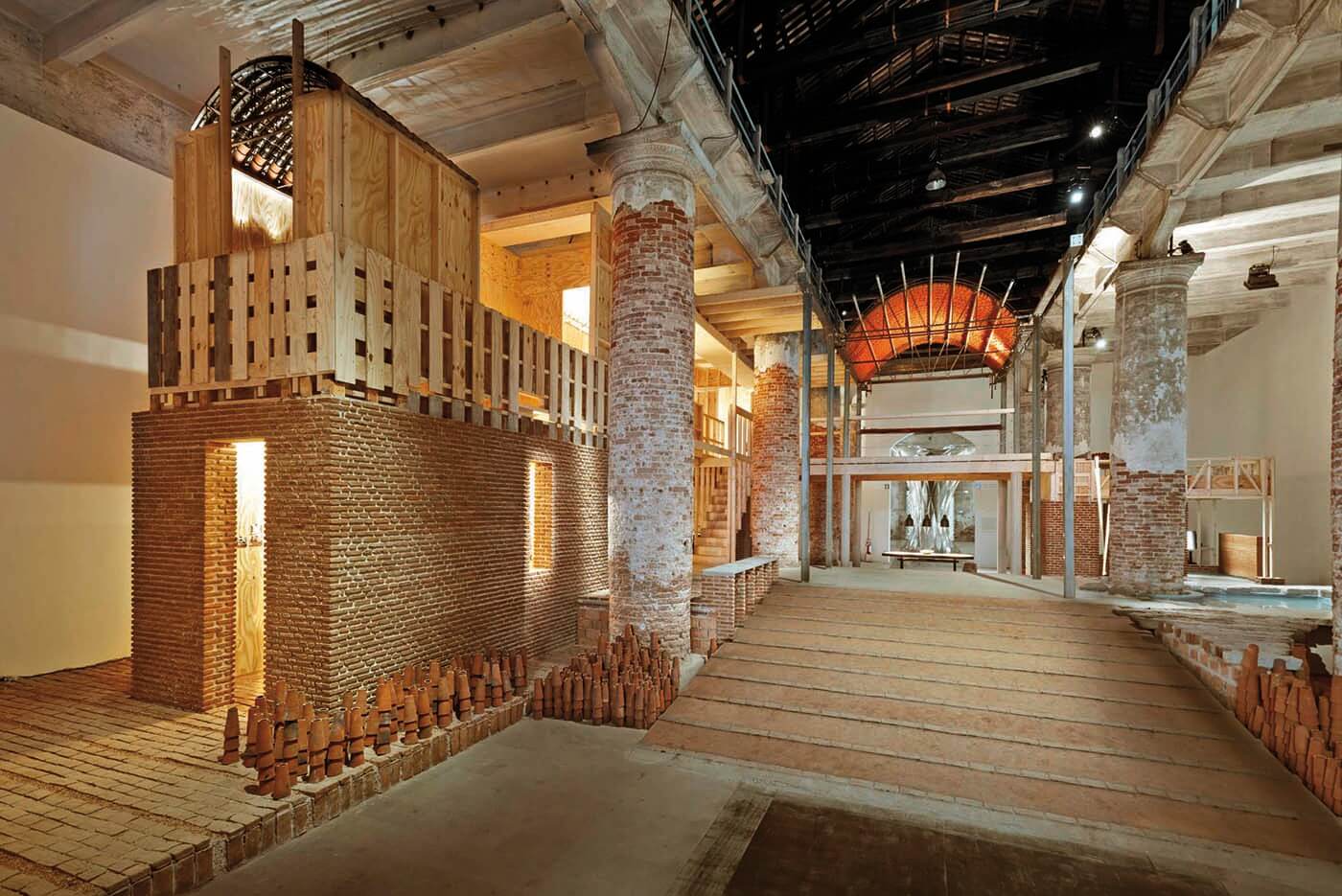
Being always deeply rooted in places I have lived; I can quickly connect to the roots of other new places. Traveling expands my horizons, and the opportunity to exchange knowledge amplifies. Rather than feeling uprooted, I feel further anchored to my roots while I have the sense of my own expansion. I experience the earth as one continuous field and realize that we as homo sapiens are more common than we are different
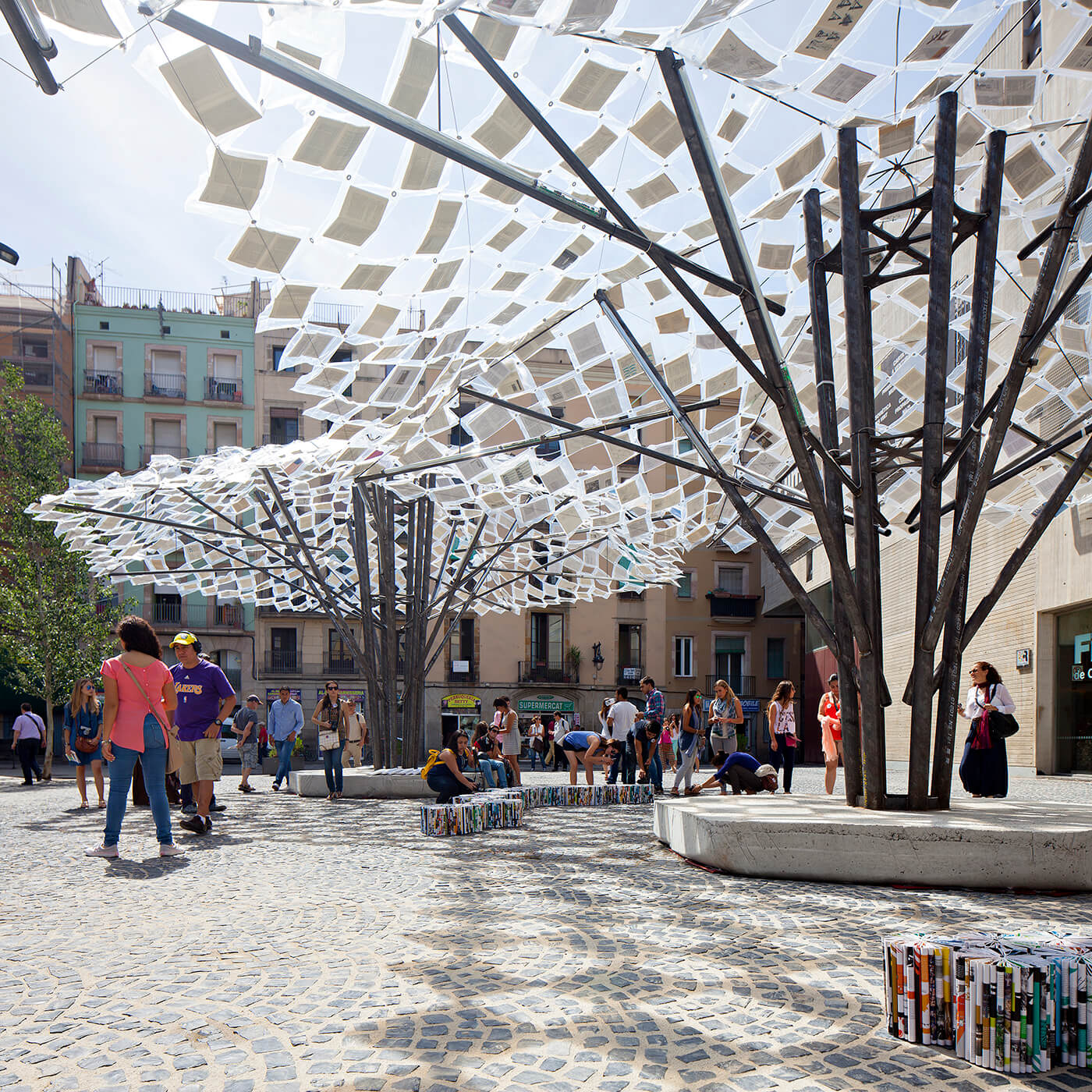
I am engaged in matters of architectural education and am closely connected with young minds and future architects. My research-oriented practice led to a practice-oriented teaching. Education is self-discovery, and not just the collection of information that one does not even question. I believe in creating the environment for experiential learning and avoid over-teaching. Learning is the activity rather than teaching, and it is self-driven by passion and thirst for knowledge. As a Professor I engage students in real projects where that they encounter ground realities and contribute to solutions while remaining idealistic. They get to engage deeply with real materials, real scale, real place and real people during studio sessions, so that students can learn through personal engagement and ‘thinking with the hand’. Curiosity leads the knowledge process, and knowledge is empowering but there is no short cut to learning.
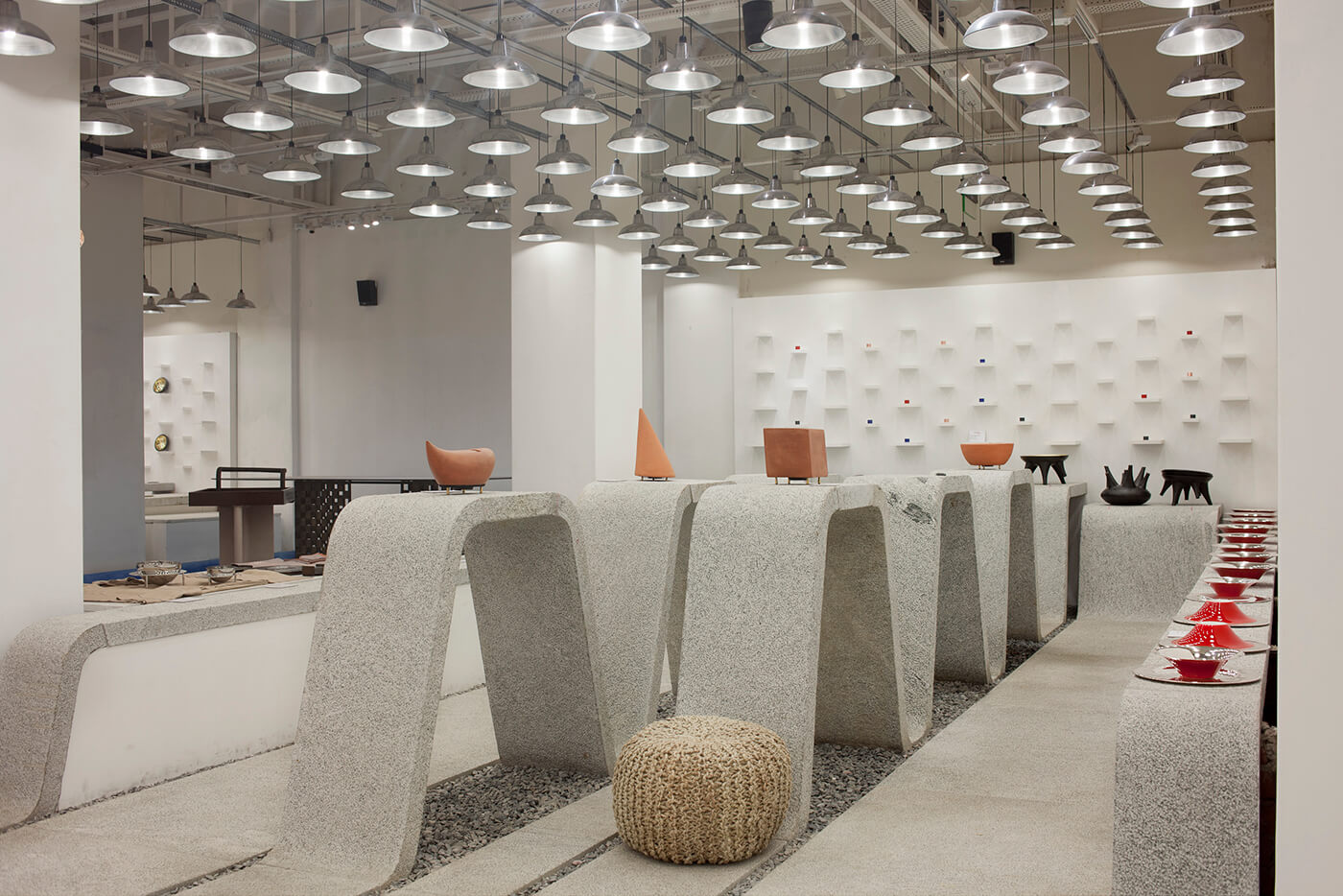
Time, our lifetime is the most precious resource, and the one to be used most wisely. Let’s take the time, think long-term and create the new habits that would serve our future.
In the future I hope to be able to talk about our visions for the future as architects without having to first be aware of our gender. With no self-doubt in my own professional capacities for being born a woman, I choose to not pay heed to society’s response to my gender either. I prefer to focus instead on what I need to achieve according to my own research and project goals, rather than losing time and energy with those who stand in my way. I save my attention for what I want to create, and for all the big concerns that I want to address.
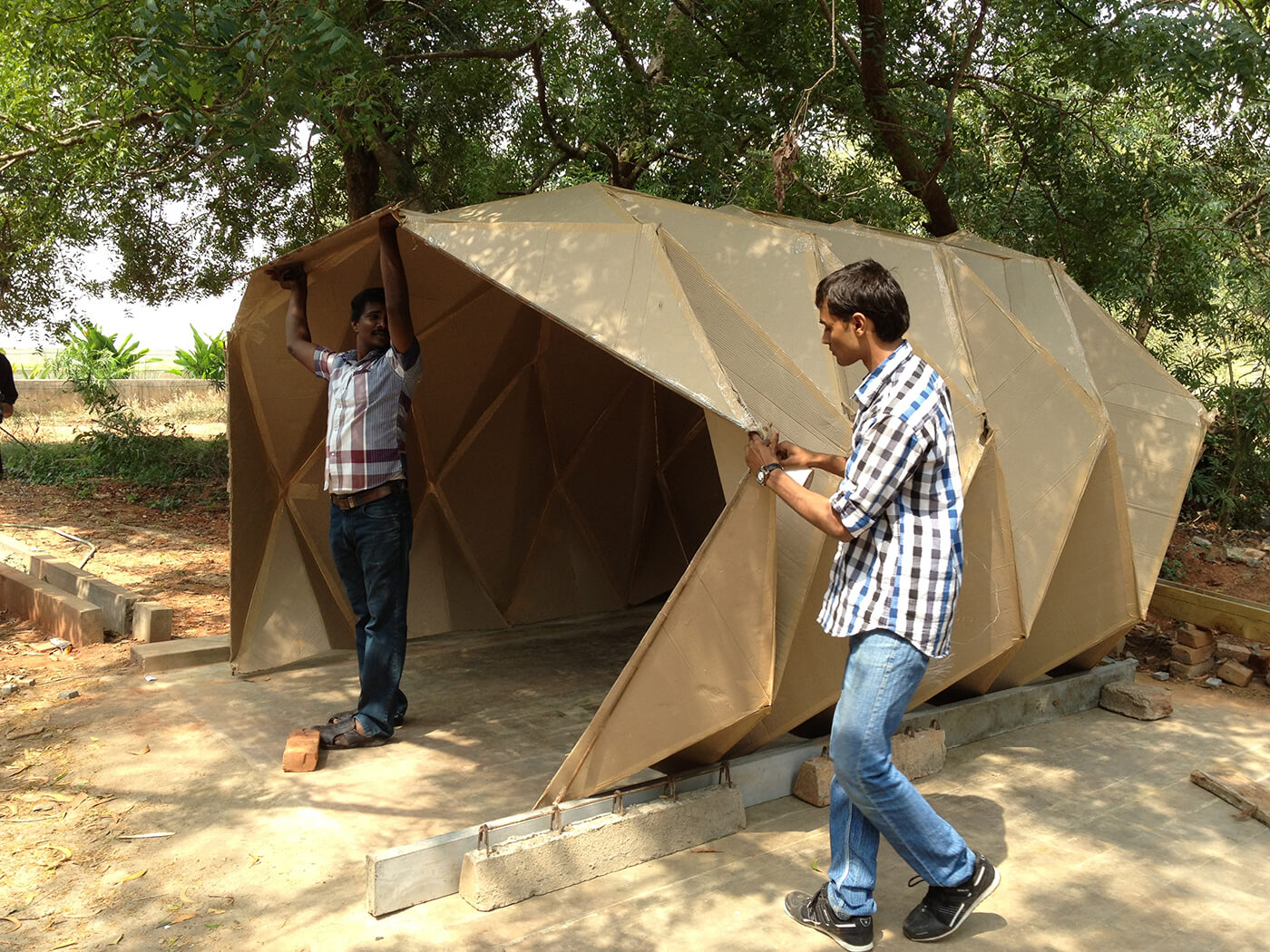
There are concerns that real estate speculation and maximum financial gain are emerging as prime drivers of housing development at the cost of the integral well-being of human society, leading to new forms of social segregation due to affordability. The commodification of housing has led to its perception as an investment rather than as habitat; the house as commodity rather than a home to live in. We as humans are capable of better and deserve better.
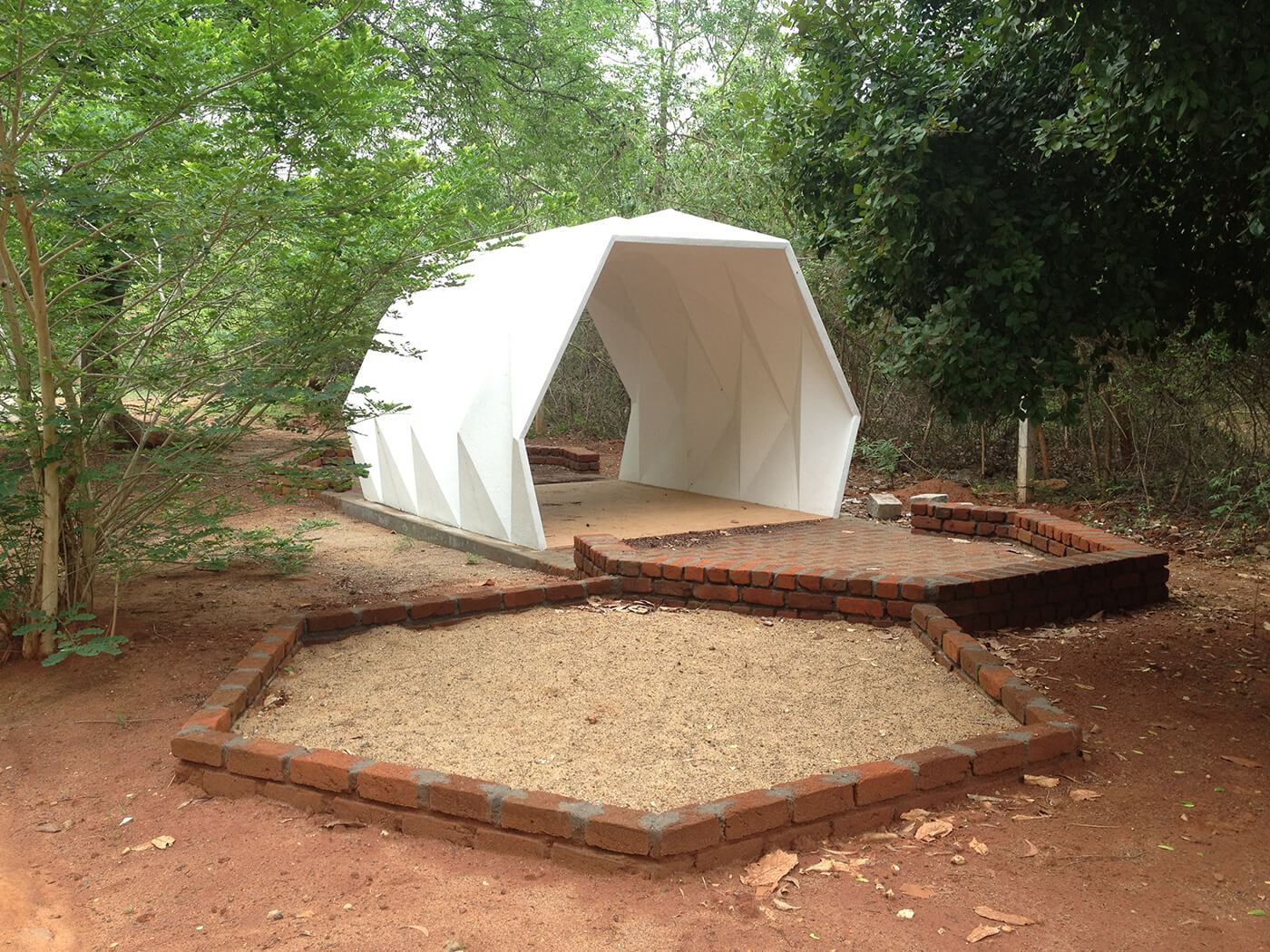
I look forward to urban co-housing projects that are developed in co-operation with the city and communities, not only through ownership models. Bottoms-up aspirations of collective living when supported by top-down strategies, could ingeniously tap the human potential through direct engagement of humans to enrich the quality of living. This could reduce costs while minimising environmental impact. Lifestyle and consumption patterns could be reset, for we have seen that mere technological advances will not solve everything. Co-housing will build community, which in turn will build values that will shape future citizens. Sharing will be encouraged, and the demand to own everything individually would reduce. New visions for housing could reinforce the collective spirit of the city and shape the next generations to live in harmony with one another as well as with nature.
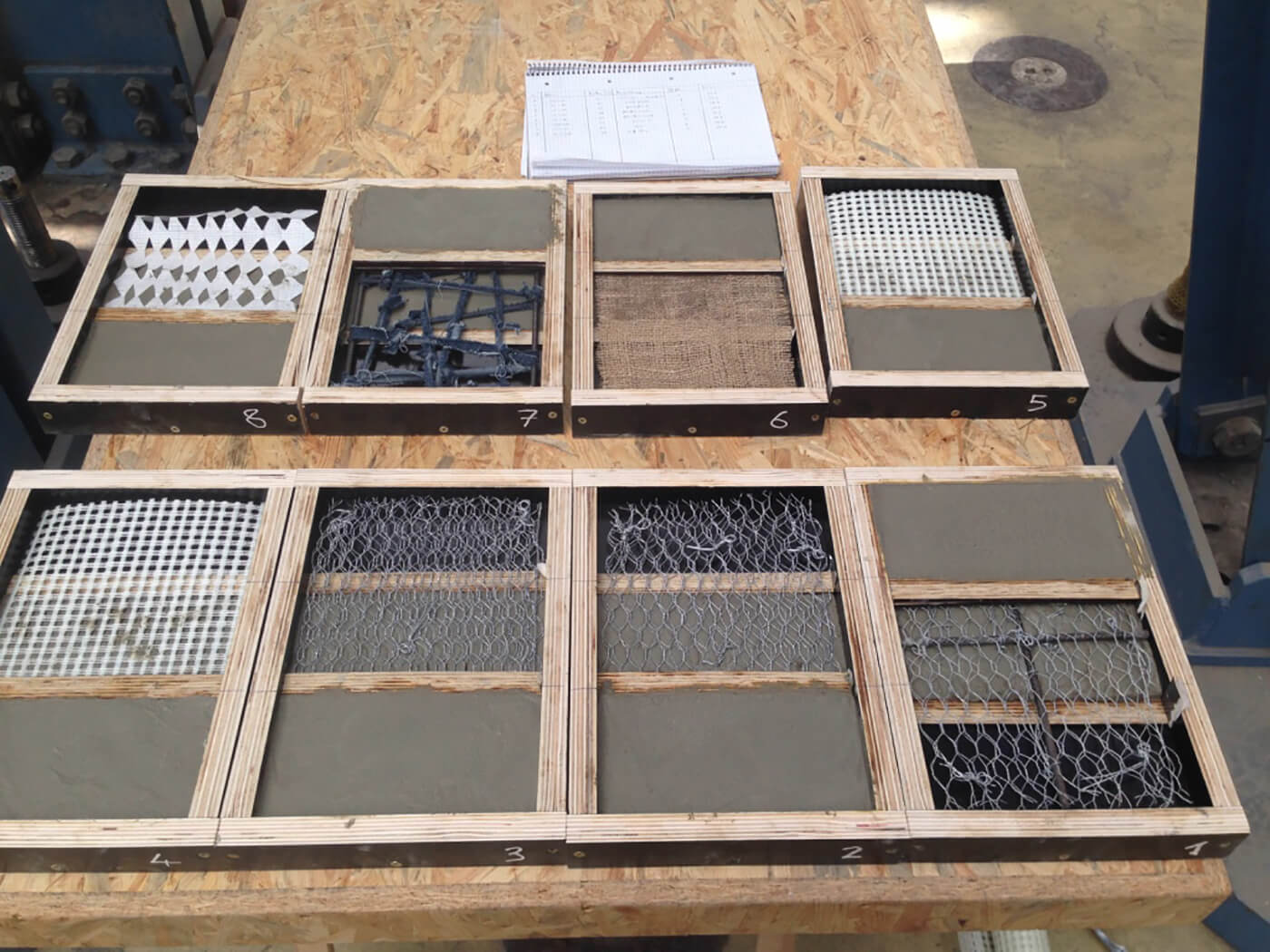
Time, our lifetime is the most precious resource, and the one to be used most wisely. Let’s take the time, think long-term and create the new habits that would serve our future.
Anupama Kundoo
DESIGN FIELD
Construction & Project Management
LOCATION
Pondicherry, India
STUDIO NAME
Anupama Kundoo Architects
ABOUT
Anupama Kundoo’s internationally recognised and award-winning architecture practice started in 1990, demonstrates a strong focus on material research and experimentation towards an architecture that has low environmental impact and is appropriate to the socio-economic context. Kundoo has built extensively in India and has had the experience of working, researching and teaching in a variety of cultural contexts across the world: TU Berlin, AA School of Architecture London, Parsons New School of Design New York, University of Queensland Brisbane, IUAV Venice and ETSAB Barcelona. She is currently Professor at UCJC Madrid where she is Chair of ‘Affordable Habitat’. She is also the Strauch Visiting Critic at Cornell University.
Kundoo’s work extend to urban design and planning projects, with her background in rapid urbanisation related development issues, about which she has written extensively. She taught urban management at the TU Berlin and recently proposed her strategies for a future city for Africa, as part of the Milan Triennale 2014. She is the author of ‘Roger Anger: Research on Beauty/Recherche sur la Beauté, Architecture 1958-2008’ published in Berlin by Jovis Verlag in 2009. Her latest publication is a book chapter ‘Rethinking affordability in economic and environmental terms’ in the Routledge book ‘Inclusive Urbanisation: Rethinking Policy, Practice and Research in the Age of Climate Change’, 2015.


